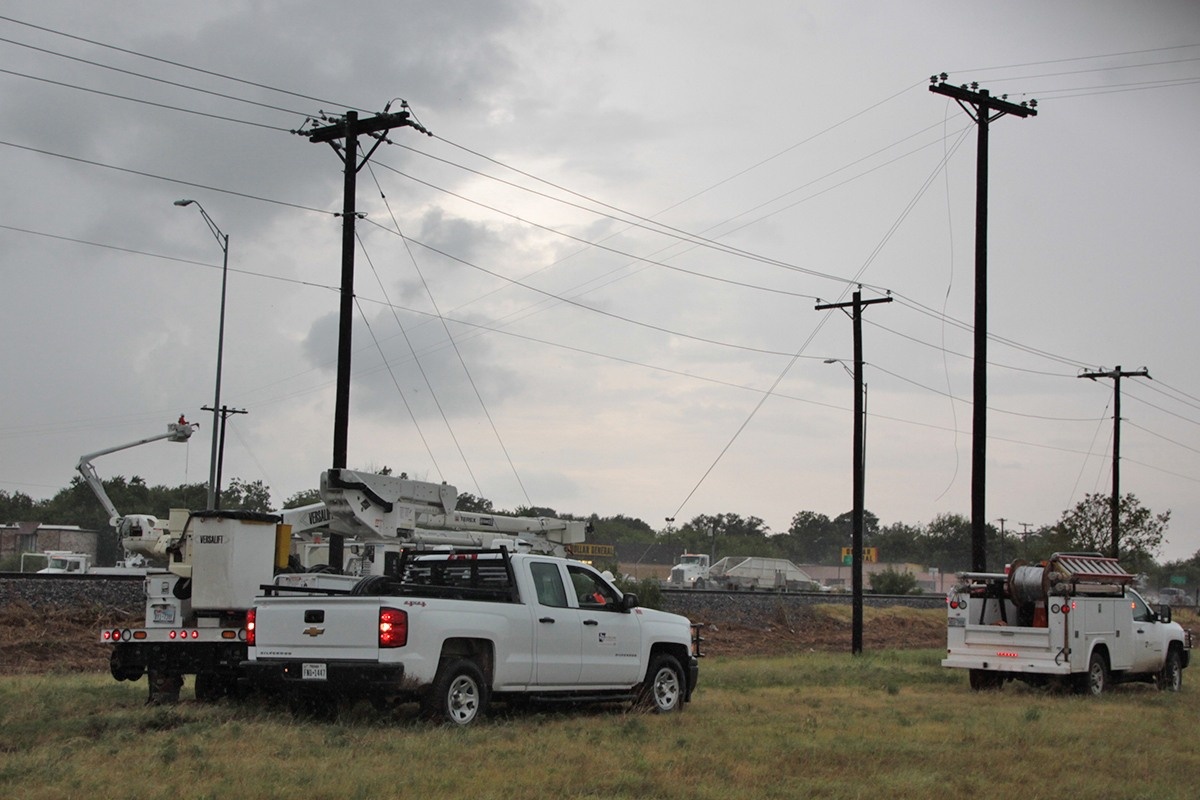When the lights go out, some folks wonder why it takes Medina Electric Cooperative so long to turn them back on. “They just have to flip a switch” is a comment staff hears and has actually seen on member surveys following outages. Unfortunately, it just isn’t that easy.
Spring is around the corner, and that is normally a time of year for unpredictable weather and more outages. It’s good to understand what happens behind the scenes when crews restore power after an outage.
When an outage is reported, Medina EC’s outage management system automatically “pings“ other meters near the reported area to help determine how large the outage is and where the actual problem may be. Linemen are dispatched to the area. Because of the cooperative’s large service area, there are certain places where just getting to the outage can be an hour’s drive. With 17 counties and 9,000 miles of line, it’s not possible to have employees within 10 minutes of every meter on our lines.
With every outage, linemen check the line that is without power. They call this “patrolling,“ and it can mean driving or walking miles of line, closely examining every pole, transformer, wire, crossarm and insulator to see if anything is out of the ordinary. The crews also look for animals, tree limbs and other objects that could be touching the lines. Weather conditions like storms and fog, and even working in the dark, can make this process longer and harder for our linemen.
Once they locate the cause of the outage, the linemen verify again that the line is not energized (or doesn’t have power running through it) before installing grounding devices on the line to ensure their safety. After placing the necessary safeguards, they can begin working to solve the problems—and those can seem endless.
Linemen might have to cut up a tree that has fallen on a line, requiring chain saws and other ground-maintenance equipment. They might need to remove broken lines and string new ones. They might have to remove a broken pole and install a new pole, transformer and other equipment. All our trucks have equipment stocked on them, but there are some pieces of equipment that aren’t used commonly enough or aren’t practical to keep on every truck—like a spare power pole. In that case, they may have to wait while the equipment they need is delivered.
Also, if a new hole must be dug for a pole, the linemen must call for someone to locate underground telephone or gas lines in the area. This kind of “emergency locate“ requires a minimum of two hours to respond to the request, but it might take longer to get a state-certified contractor to check the area for other underground utilities. The linemen are not permitted to dig until the contractor has approved the area for digging. For this reason, our men will often attempt to pull the old pole out of the ground and put the new pole in the same hole.
Once a new pole and equipment are installed, wires spliced back together and any other required repairs made, the grounding devices must be removed from the lines. Then finally, power can be restored.
As you can see, outage restoration is a complicated process, requiring painstaking attention and compliance with many safety measures. This work would take time in perfect conditions, but most of the time the work is taking place in bad weather, or in the dark, which can make it take even longer. It can’t be accomplished with just the flip of a switch. But our linemen always work as quickly and safely as possible to ensure that your power returns as quickly possible.


